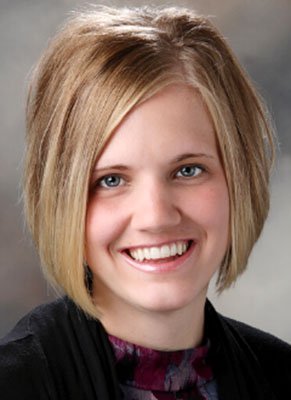by Mike Knaak
editor@thenewsleaders.com
Results of a recent survey of Sartell-St. Stephen school district students reveals students are smoking and drinking less but there’s increased vaping in high school and more students are struggling with mental and emotional health.
School leaders discussed the results with the school board on Feb. 24. Sartell-St. Stephen fifth-, eighth-, ninth- and 11th-graders took the voluntary, anonymous statewide survey.
“What we are seeing, is what the state is seeing as a whole,” said Marie Pangerl, district assessment coordinator. “We are not an island. There’s an increase across the state of vaping and mental health issues.”
Middle school counselor Shannon Zinken said she was surprised in the shift in students’ lack of confidence and ability to solve problems.
District leaders are using the results to guide how they adapt several programs already in place to help students.
The district’s Positive Behavior Intervention and Supports program lays out expectations for all students, teachers and staff. The program uses tiers of behavior expectations to support all students and includes more detailed expectations to help students who have increased needs.
The district is piloting a program called SAEBRs at Oak Ridge Elementary School and the plan is to implement it across the district. SAEBREs, which stands for Social, Academic, Emotional Behavior Risk Screener, involves a student completing a self-assessment and that data is compared with a teacher’s assessment to determine what type of support the student needs.
Students are asked to describe their behavior to a variety of academic and behavior questions by choosing “never, sometimes, often or almost always” responses. Educators can then determine why there’s a variance between the student and teacher responses and address the issue.
The goal, Zinken said, is to identify kids needing help earlier and faster.
Using these tools, Superintendent Jeff Schwiebert said the district is “trying to make 100 percent of kids healthy and successful.”
The district is also partnering with the Center for Applied Resources and Educational Improvement at the University of Minnesota to coordinate social and emotional learning and teaching.
“Can we find a way to love them, give them a safe space,” Zinken, the middle school counselor, said. “We want to provide skills for students to be resilient. Install hope in kids. The lesson is to recognize their feelings, provide coping tools, one-on-one problem solving with parents….and not judge them.”
Some of the survey results highlight the increasing challenges.
When fifth-graders were asked “I feel good about myself,” nearly 25 percent responded “not at all” or “somewhat” in the most recent survey compared with 12.5 percent three years earlier.
When fifth-graders were asked if they could properly express their feelings, 34 percent said “not at all” or “somewhat,” an increase from 18.6 percent in 2016.
More than 42 percent of fifth-graders said they only sometimes or not at all could deal with disappointment without getting upset.
More than a third of fifth-graders said they were not able or only sometimes able to deal with hard things in life.
School leaders have seen a slow, steady increase in thoughts about suicide and suicide attempts. The problem gets worse with older students. For example, 10.8 percent of high school juniors said they had attempted suicide in the last year or earlier. Three years ago, that number was 5.3 percent.
Zinken said school counselors have self-harm discussions with individual students weekly. Counselors try to connect students and families with professional community resources but there are not enough openings to deal with what’s actually going on.
Vaping questions weren’t asked in 2016, an indication of how quickly that product has become a problem. A third of 11th-graders report vaping at least once. Vaping products are illegal for people under 21.
Students who are caught vaping must enter a chemical diversion program that’s run with the school resources officers. Among other things, the program teaches about vaping dangers and its effects on the body. A student must then write a paper and present it to the resource officer and parents.
Schwiebert and the counselors say societal changes add to challenges of improving students’ mental health and behavior.
Social media, where students are always connected, is one of the dangers, Pangerl said.
Students’ self-confidence takes a hit when students are constantly being reminded online about what other students are doing or not doing, Zinken said.
There’s an increased role for educators outside the classroom too.
“We don’t have as many people in support of kids with an extended family as we used to have,” Schwiebert said. “How do we communicate with our families? What are our strategies for kids who don’t have support at home?”




